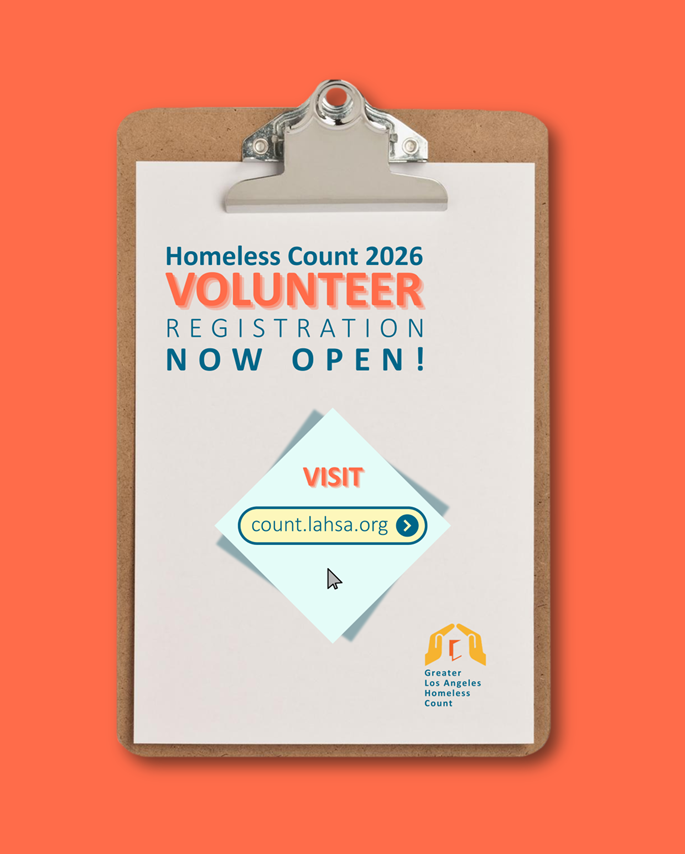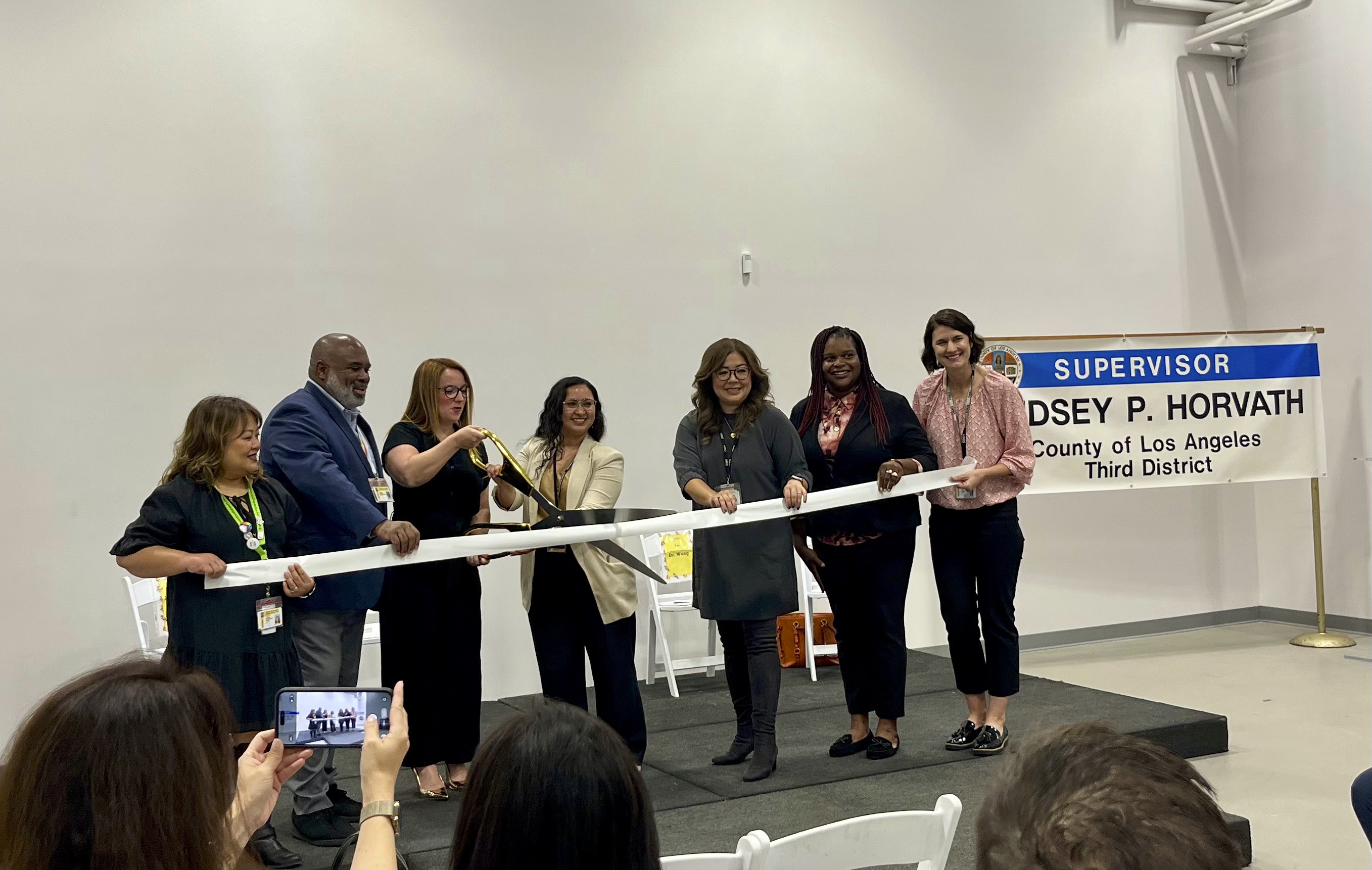A Concerning Rise in Rough Sleeping Threatens Recent Progress on Unsheltered Homelessness in Los Angeles

RAND Commentary by Louis Abramson
Our new analysis of three Los Angeles neighborhoods—Hollywood, Venice, and Skid Row—shows that rough sleeping has risen to new heights. Rough sleeping refers to unhoused people living without the protection of a vehicle, tent, or makeshift dwelling.
If left unaddressed, this increase in the most precarious form of homelessness sets back recent progress in Los Angeles's efforts to combat this crisis.
According to the latest count, over 45,000 people are homeless in the City of Los Angeles. As homelessness has climbed to the top of voters' concerns, city and county leaders have directed unprecedented resources at reducing this number.
Yet progress has been elusive: Since the multi-billion-dollar Prop HHH and Measure H initiatives were passed in 2016 and 2017, homelessness in LA has grown by an average of 8 percent per year.
For the roughly 29,000 unhoused people who live unsheltered in tents, vehicles, or rough sleeping exposed on the street, however, the trend may be changing. Mayor Bass's Inside Safe initiative began providing hotel placements for members of this population in specific encampments in late 2022. Since then, unsheltered homelessness has fallen by 10 percent (PDF).
This outcome is promising, but other city policies governing sanitation, property storage, and sleeping in public also affect unsheltered people and do not come with a promise of shelter. So, what can we say about the full impact of LA's approach to street homelessness?
For three years, we at RAND have been counting the number of people living unsheltered in the Los Angeles neighborhoods of Hollywood, Venice, and Skid Row as part of our Los Angeles Longitudinal Enumeration and Demographic Survey (LA LEADS) project. The top of Figure 1 shows our counts of the number of dwellings (e.g., tents, vehicles) and rough sleepers and the trend lines for each. The bottom of Figure 1 shows how dwellings and rough sleepers have changed as a fraction of the total count over time.


Since late 2021, the number of tents and vehicles in the above neighborhoods has declined by 5 percent per year on average. Meanwhile, 9 percent more rough sleepers have appeared. We are now seeing an all-time high in the number of people living totally exposed in these communities—40 percent above January 2023 levels, when the city's Inside Safe shelter policy began at scale. In fact, rough sleeping is now the dominant mode of unsheltered homelessness in Hollywood and Skid Row, with Venice on track to join them soon.
Since tents and vehicles are the focus of most city encampment policies, it makes sense that their numbers might decline as these policies are implemented. Indeed, since more than one person often lives in a tent or car, these policies might reduce unsheltered homelessness in total despite the simultaneous rise in solitary rough sleepers. Why rough sleeping has increased is harder to assess, but the trend is consistent across all three LA LEADS study areas.
In the context of these neighborhoods' intrinsically diverse homeless populations and services, this commonality suggests that citywide encampment policies may play a key role. That is, a net result of our attempts to address tent and vehicle dwelling may be a higher level of vulnerability among unsheltered people.
Certainly, activities related to those policies have risen along with rough sleeping. Figure 2 shows the number of people across the three LA LEADS neighborhoods who left encampments as part of Inside Safe operations (shown in turquoise) or were arrested for violating legal limits on where people can dwell in public, shown in magenta. While we cannot prove that these two policies caused the increase in rough sleeping, they are positively correlated.

So where does this leave us? Current city policies probably are reducing the number of street dwellings. That's progress, but it comes at a price—$342 million for Inside Safe to date (over $5.5 million per encampment or $111,000 per person served) and at least $3 million for enforcement of public dwelling laws through December 2023. Higher levels of rough sleeping can only compound those direct costs with indirect ones from added emergency room visits and acute mental health interventions. Facing mounting budget stress, city officials must decide whether these policies' positive effects merit their expense in light of the needs they are not addressing.
Reversing the trend in rough sleepers will depend critically on learning who they are, where they come from, and what they need.
They could be a diverse group, comprising at least anyone who lost their dwelling in a cleanup, exited housing/shelter/treatment, or was displaced from another jurisdiction enforcing anti-camping laws after the Supreme Court's Grants Pass decision. City officials under pressure to reduce homelessness before the 2028 Olympics may need to develop distinct remedies for these distinct sources of inflow.
LA LEADS provides an important reminder that the homelessness crisis cannot be described by a single number. Without examining the individual, service, community, and structural factors that an equitable, effective response must address, durable progress will remain difficult to achieve.
In addition to being a Founding Board Member of Hollywood 4WRD, Louis Abramson is an adjunct senior physical scientist at RAND, a nonprofit, nonpartisan research institution.



.svg)



